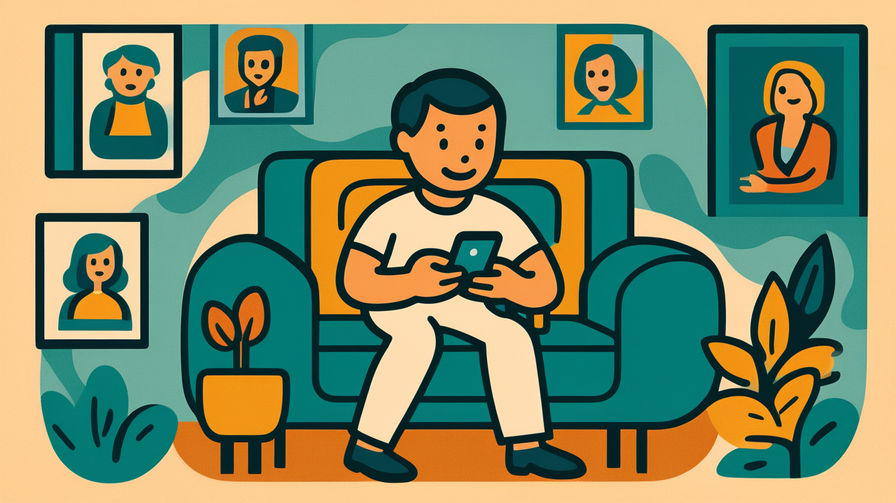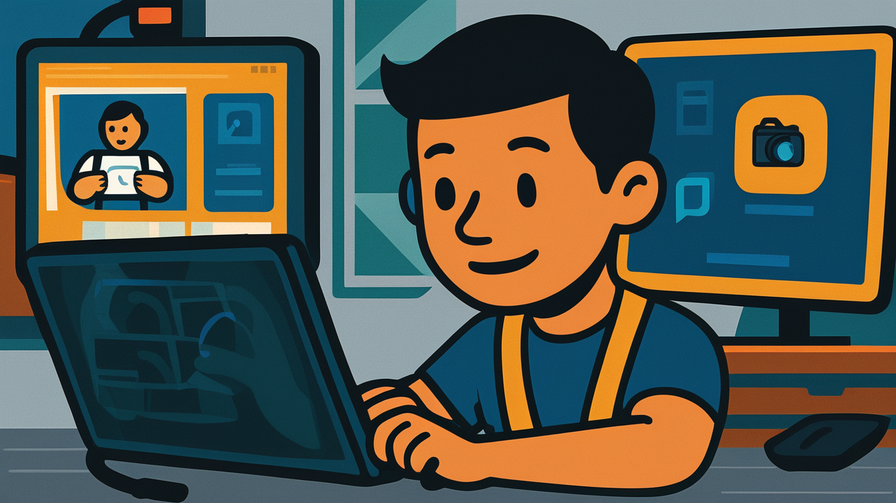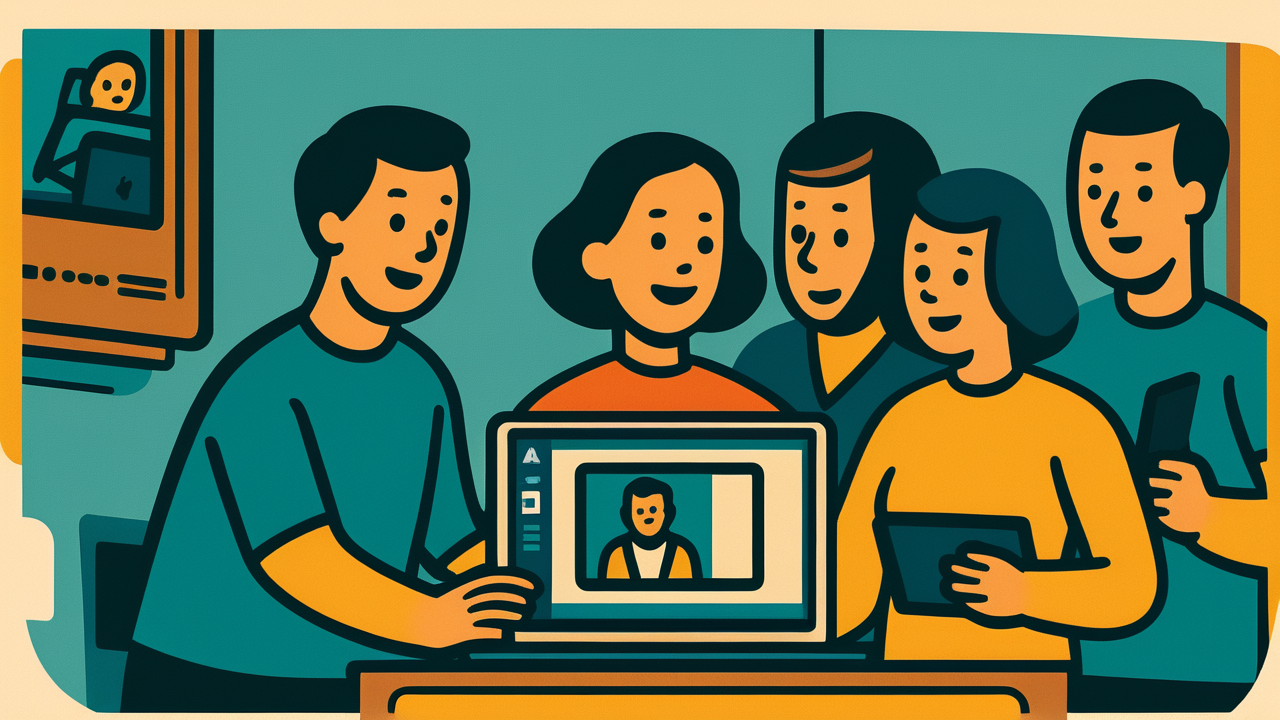[Disclaimer] This article is reconstructed based on information from external sources. Please verify the original source before referring to this content.
News Summary
The following content was published online. A translated summary is presented below. See the source for details.
Google Photos has unveiled exciting new AI-powered features that transform how users interact with their photo memories. The new “Photo to Video” feature uses artificial intelligence to animate still photos, creating smooth video clips with realistic motion. Users can turn a static sunset photo into a video with moving clouds, or bring portraits to life with subtle movements. The “Remix” feature allows creative transformations of existing photos using AI-generated styles and effects. Users can reimagine their photos as paintings, cartoons, or apply seasonal themes with simple prompts. These features are accessible through a new “Create” tab in the Google Photos app, making advanced editing techniques available to everyone regardless of technical skill. The AI technology analyzes photo content to understand depth, movement patterns, and artistic elements, then generates appropriate animations or transformations. Privacy-conscious users will appreciate that all processing happens on-device for many features, keeping personal photos secure.
Source: Google Blog
Our Commentary
Background and Context

Remember flipping through photo albums at your grandparents’ house? Today’s photo memories live on our phones, and Google Photos stores over 4 trillion photos and videos globally. Now, Google is using AI to make these memories more dynamic and creative.
The new features solve a common problem: we take thousands of photos but rarely do anything creative with them. Most sit forgotten in our camera rolls. These AI tools aim to make photo editing and video creation as easy as taking the picture itself.
This is part of a broader trend where AI makes professional-level creative tools accessible to everyone. You no longer need expensive software or years of training to create impressive visual content.
Expert Analysis
The technology behind these features is remarkable. Photo to Video uses AI to understand what’s in your photo – clouds, water, hair, fabric – and predicts how these elements would naturally move. It’s like the AI imagines what happened in the moments before and after your photo was taken.
The Remix feature works differently. It uses generative AI (similar to tools like DALL-E) to reimagine your photo in different styles. The AI understands the content and composition, then recreates it with new artistic elements while preserving what makes the photo special.
Key advantages include:
• Simplicity: No need to learn complex editing software
• Speed: Create videos or remixes in seconds
• Accessibility: Works on any smartphone
• Privacy: Many features process on your device, not in the cloud
Additional Data and Fact Reinforcement
The scale and impact of these features:
• Google Photos has over 1 billion active users
• Users upload 28 billion photos and videos weekly
• Video content gets 5x more engagement than static photos on social media
• 73% of teens say they wish they could edit photos/videos better
• AI-generated content saves an average of 10-15 minutes per edit compared to manual methods
Related News
This launch comes as competition heats up in AI-powered photo editing. Apple’s Live Photos, Instagram’s Reels effects, and TikTok’s filters all compete for users’ creative attention. Adobe and Canva also offer AI tools, though typically with paid subscriptions.
The trend reflects how Gen Z and millennials consume and create content – short, dynamic, shareable videos rather than static images. Platforms are racing to provide tools that match these preferences.
Summary

Google Photos’ new AI features democratize creative content creation, turning anyone into a video editor or digital artist with just a few taps. For students and young creators, this removes technical barriers to expressing creativity and sharing memories in engaging ways. While these tools make content creation easier, they also raise questions about what’s “real” in photography as AI-generated elements become indistinguishable from captured moments. As these technologies evolve, understanding both their creative potential and limitations becomes important for digital literacy.
Public Reaction
Early users praise the features’ ease of use and impressive results. Parents love animating old family photos. Young creators appreciate free access to advanced effects. Privacy advocates welcome on-device processing. Some photographers worry about AI replacing human creativity, while others see it as a tool that enhances rather than replaces artistic vision.
Frequently Asked Questions
Q: Are these features free?
A: Basic features are free for all Google Photos users. Some advanced options might require a Google One subscription, but most capabilities are available without payment.
Q: Can I tell if a video was AI-generated?
A: Google adds metadata marking AI-generated content, though it’s not always visible to viewers. The animations often have a distinctive smooth, dreamlike quality.
Q: Will this work with old photos?
A: Yes! The AI can animate photos regardless of when they were taken, making it great for bringing old family photos to life.


